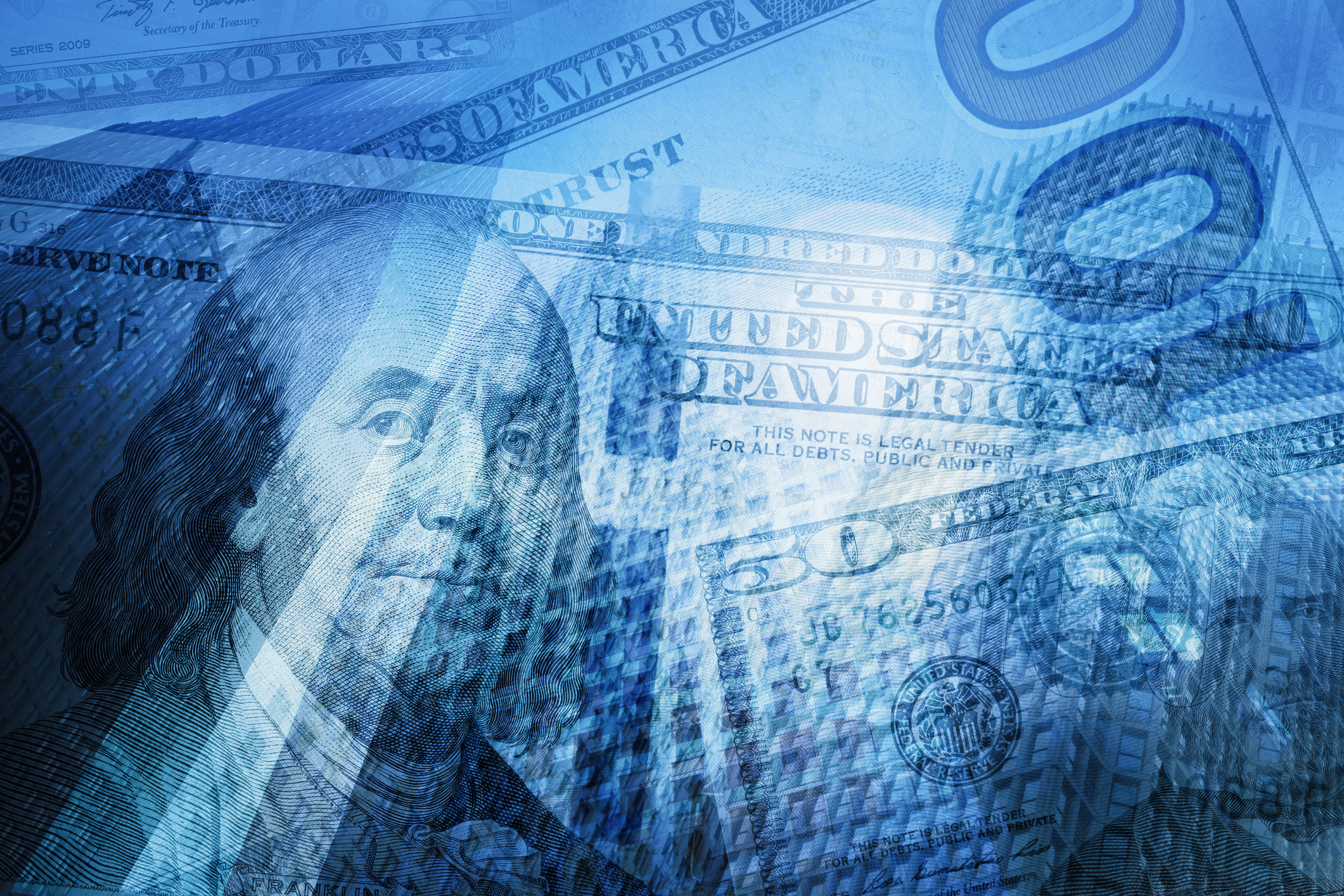Tezos (XTZ -4.69%) is the vision of a husband-and-wife team who wanted to build a self-amending blockchain. It's governed by holders of its native cryptocurrency, the XTZ token. Since it's capable of running smart contracts, Tezos is a versatile platform that can be used for many purposes, including developing decentralized apps (dApps) and minting non-fungible tokens (NFTs).
The project quickly gained support and raised hundreds of millions in funding. However, Tezos has also had some bumps in the road, including legal issues and infighting between the creators and the Tezos Foundation. Keep reading for the full story on this blockchain protocol.

What makes Tezos unique?
The governance system is one of the most unique parts of Tezos. It's an open-source blockchain platform capable of self-amendment. The Tezos website describes it as a blockchain designed to evolve.
Stakeholders who own enough XTZ tokens are called bakers and can propose changes to the blockchain. If a change is approved, it can be tested and activated.
With this system, Tezos can upgrade itself without needing to split into separate blockchains. When a blockchain splits, it's known as a hard fork, with one of the most notable examples being Bitcoin (BTC -3.26%) and one of its earlier hard forks, Bitcoin Cash (BCH -7.22%). Hard forks aren't always bad, but they can disrupt blockchains and divide the community, which is why Tezos avoids them.
Like other blockchains with smart contract capabilities, Tezos has a variety of uses. The Tezos ecosystem houses a number of projects, including:
Where Tezos came from
Arthur and Kathleen Breitman, a married couple who met at a crypto-anarchist lunch, founded Tezos. Arthur Breitman published two papers about the concept in 2014 while working at Morgan Stanley. He came up with the name for Tezos by creating a program that searched for unclaimed websites with names that were pronounceable in English.
In 2016, Arthur Breitman traveled to Switzerland and met Johann Gevers, who was working on a digital currency called Monetas at the time. Gevers set up the Tezos Foundation in Switzerland.
In July 2017, Tezos had a record-setting initial coin offering (ICO) that raised $232 million in Bitcoin and Ethereum (ETH -3.96%). Controversy quickly followed as the Breitmans and Gevers argued over spending decisions. Several class action lawsuits related to the ICO were filed alleging misrepresentation and violation of U.S. securities laws by Tezos.
Gevers ended up resigning from the Tezos Foundation in February 2018 and received $400,000. Tezos launched on Sept. 17, 2018. In 2020, the Tezos Foundation reached a settlement where it paid $25 million to settle its U.S. lawsuits.
How Tezos works
Tezos uses a system called baking to validate transactions. It's essentially the proof-of-stake model, although Tezos' version is a variation called liquid proof of stake. Proof of stake is a validation method that doesn't require much energy, so it's more eco-friendly.
Anyone who has at least 8,000 XTZ can become a baker and validate transactions on the Tezos blockchain. When they validate a block of transactions, they receive a staking reward, which consists of XTZ tokens.
People who have fewer than 8,000 XTZ can become delegates. A delegate gives baking rights to a baker, which gives the baker a greater chance of winning blocks and earning rewards. The baker pays shares of the staking rewards to the delegate.
Bakers are also in control of governance on Tezos. Any baker can submit a proposal during the proposal period, up to a maximum of 20 proposals per baker. The most upvoted proposal advances to an exploration vote where 80% of voting bakers must support the proposal for it to progress.
If a proposal passes the exploration vote, then a new test chain is forked out for 48 hours to evaluate the proposed changes. After the test period, bakers vote to decide if the proposal will pass. If so, the testnet chain will become the mainnet chain.



















